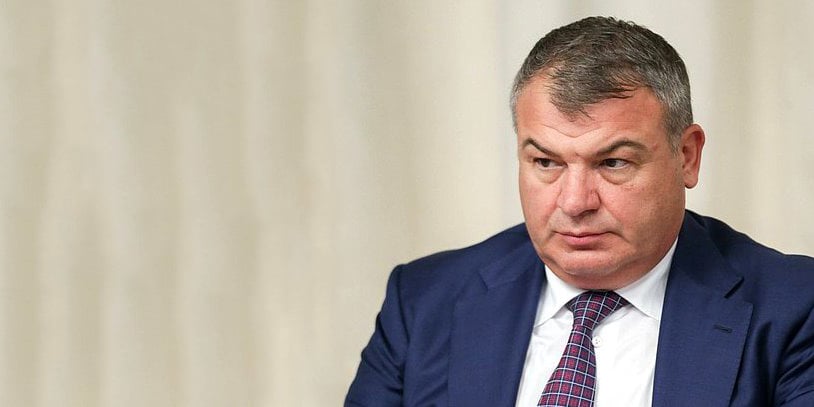Click Here to View This Page on Production Frontend
Click Here to Export Node Content
Click Here to View Printer-Friendly Version (Raw Backend)
Note: front-end display has links to styled print versions.
Content Node ID: 400247
During the Soviet period, almost all of the aerospace sector in Russia save for electronic systems belonged to the all-powerful Ministry of Aircraft Production (MAP). This sprawling industrial empire controlled virtually all aspects of aircraft, engines, and air-launched weapons manufacturing and all of their associated research and design centers.
After the collapse of the USSR, this massive ministry was separated into four main holding companies: Unified Aircraft-Building Corporation (OAK), United Engine-Building Corporation (ODK), Russian Helicopters and the Tactical Missiles Corporation (KRTV). The idea was that four streams of design and development activity as opposed to forcing all of this activity through one single administrative structure would create certain synergies that would produce better and more advanced systems at a lower cost.
During the August 2019 MAKS Moscow Air Show the head of the “aerospace cluster” within Rostec (Chalet J31), Anatoliy Serdyukov, gave a briefing to Russia’s RIA Novosti in the extensive plans for reforming the entirety of the industry. Rostec is the Russian state defense-industrial conglomerate that controls Rosoboronexport (ROE), the state-controlled arms export monopoly. Serdyukov himself was the Russian defense minister from 2007–2012 until being replaced by the current defense minister, Sergei Shoigu.

However, there has been no small amount of discussion and speculation that these four holding companies may soon become three, which would be the consequence of folding Russian Helicopters into the OAK structure to form one single entity. “Such a merger is entirely possible,” he said. “A powerful aerospace production company could be created on the basis of Russian Helicopters and UAC.”
The Rostec executive explained that an internal audit that had been in process for part of 2019 to plan for the future structure of OAK and that “legal issues are being resolved for active planning to take place in the second quarter of 2020. We have a large amount of work to do, including optimizing the structure of production and management. It is necessary to synchronize business processes, carefully evaluate the supply chain, build effective co-operation within the Rostec aviation cluster.”
Balancing Books
What appears to be the main point of contention in this proposed arrangement is that while Russian Helicopters is fiscally sound and has a healthy book, OAK has significant debt obligations. Executives of the helicopter holding company have voiced concerns that they may be lumped in with the fixed-wing OAK to balance the financial books between the two.
Serdyukov’s response is that debt obligations accrued by OAK “were formed in the course of solving state problems. Therefore, the problem of their expansion requires a comprehensive solution with the participation of the state.” This seems to suggest that somehow a bailout of OAK might be forthcoming, either as a write-off of those debts or a flush of state orders.
Russian industry analysts have told AIN that in 2020 the next round of the Russian State Defence Orders (RosOboronZakaz) would be initiated and would keep Russia’s combat aircraft production lines running at a high level for the next two years, which could theoretically address part of the debt dilemma.
One of the most expensive programs in the stable of OAK’s new projects is the Sukhoi Su-57 fighter, which has so far been built in limited numbers. The program suffered a small setback on 24 December 2019 when an aircraft that had recently been rolled off the Komosomolsk-na-Amure factory production line was lost after conducting acceptance flights in an effort to complete product targets before year-end.
The fault of the crash appears to have been linked to the aircraft’s engine, which is still the same Saturn A-41F-series powerplant that powers the Su-35. Serdyukov had been asked during his interview about the progress on the new, fifth-generation engine for the Su-57 and had not been able to provide a date for its availability to insert into the Su-57 program.
“The creation of the second-stage engine for the Su-57 aircraft is planned to be completed within the time agreed upon with the customer,” he stated, which in this case would be the Russian Aerospace Forces. “At the moment, prototypes of the engine are being tested...and special types of tests are being conducted. Installation on production aircraft will be possible after the completion of the prototype validation process.”
Thus far neither Serdyukov nor ODK have given a date for the completion of this engine’s validation trials. Industry insiders suggest that this would not be before the fourth quarter of 2021 or later, meaning that the Su-57 could remain at a low rate of production until then.